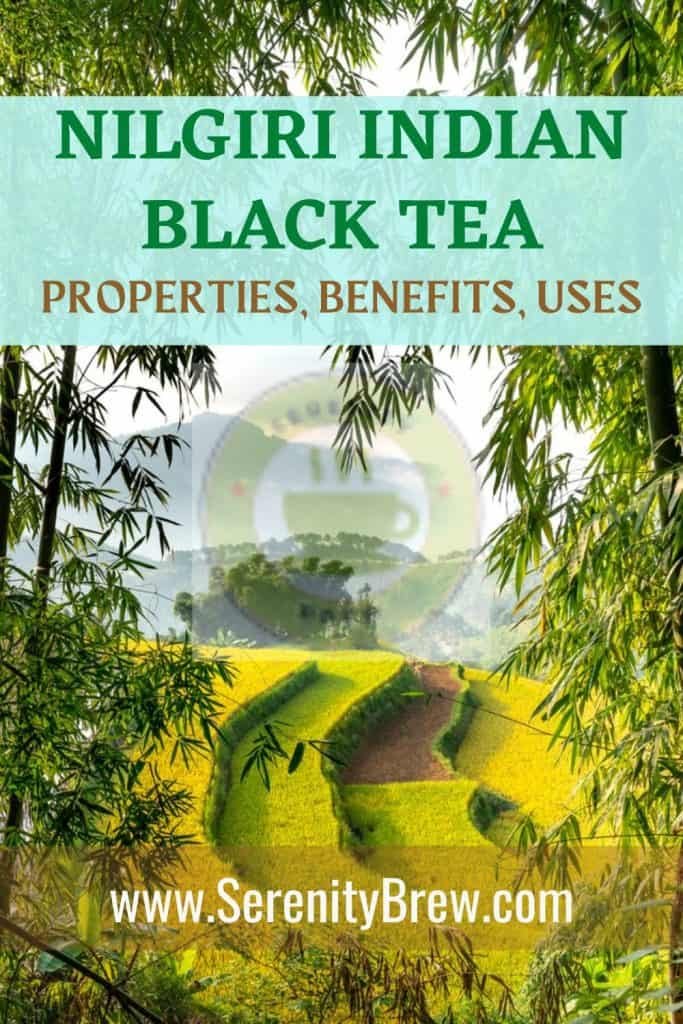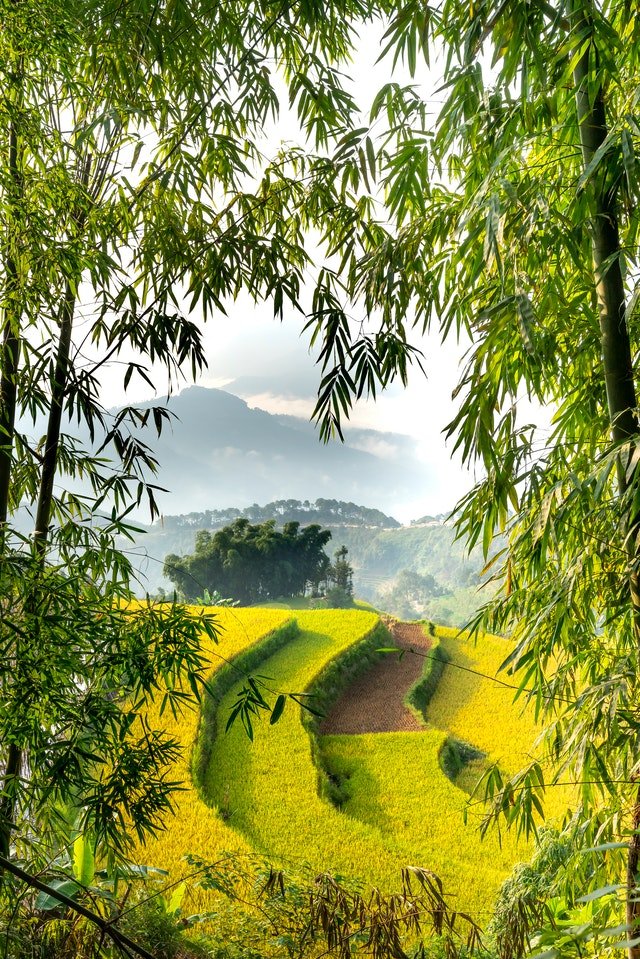
Nilgiri tea is produced in the Nilgiri Mountains, also known as the Blue Mountains, located in southern India. Yes, you were right: Nilgiri is a “relative” of the famous Assam and Darjeeling teas.
The region is characterized by a magical combination of subtropical climate with high altitudes. The result: a black tea with delicate aromas and less astringency than others in its family. A true Indian gem.
What is the taste of Nilgiri tea?
Nilgiri tea is a great unknown in the West although, little by little, it is making a name for itself.
Nilgiri is a balanced tea, intense but not overdoing it, with a remarkable body and a pleasant texture that gives it just the right amount of astringency. The aromas that you can find in a cup of this tea range from nuts to licorice, mint, lemon or even eucalyptus.
It is a refreshing and smooth tea on the palate. A true privilege for the teter@s .
Nilgiri tea production
The cultivation of this tea is carried out at altitude, specifically at elevations ranging from 1,000 to 2,500 meters. In this part of India, the tropical climatic conditions are especially favorable for the development of Camellia sinensis, the tea plant.
Nilgiri tea harvest seasons, unlike those of Assam and Darjeeling, can occur at any time of the year, depending on the development of the plant. In this way, the annual production of Nilgiri is much higher than that of the other Indian varieties.
It is worth noting that, although it is harvested throughout the year, the highest quality tea leaves are found between December and March, that is, in the dry season. The vintage from this time is usually classified as Orange Pekoe, one of the highest categories in the gradation of teas.
The dry season harvest thus often results in a flavorful, intense and quite expensive tea that is often exported. The rest of the production is usually used to prepare tea mix bags or together with spices to make Masala Chai.
A curiosity? The best Nilgiri is harvested in years with frosts, once these are removed, since the polyphenols are then concentrated in the leaves and give rise to what is known as “iced tea”, one of the most limited varieties and Nilgiri faces.
Once the harvest is done, the leaves go through the usual oxidation process that is given to black teas. The water evaporates and the enzymes in the leaves react with oxygen, changing the color and organoleptic properties of the tea. The aromas and intense flavor characteristic of black tea are generated in this phase.
Finally, the leaves are given a manual or mechanical treatment. The lower quality teas still use the traditional CTC (crush, tear and curl) method, that is: crush, break and roll, while the most select ones are rolled manually.
Differences between Nilgiri, Assam and Darjeeling
Assam and Darjeeling teas are the best known varieties of Indian tea. There are many differences between these classes and the Nilgiri due to the characteristics of the place of cultivation (it must not be forgotten that the Nilgiri grows at more than 1000 meters), the types of tea plant and the harvest times.
In general, Assam is reputed to be the strongest and is often used in blended breakfast teas. The Nilgiri is still intense, but it is more delicate. Its aromas are bright, but without the intensity of an Assam. Its color in the cup is coppery, less dark and its astringency is reduced.
Darjeeling is also generally less intense than Assam, but aromas vary. While the Darjeeling has a vegetal and, in some cases, a fruity aftertaste, the Nilgiri stands out for its hints of mint, lemon or eucalyptus.
It should be said that all three are large tea-growing areas, which give rise to a great wealth of variations and nuances. It is difficult to generalize, it is better to try.
Properties
A cup of Nilgiri has all the benefits of black tea. Among them, its properties related to the protection of coronary health stand out, due to its ability to reduce cholesterol, one of the main risk markers for heart attacks and other heart problems.
Also, being rich in antioxidants, it is believed to aid in weight loss and improve blood sugar levels, much like other varieties of black tea.
There are many scientific studies that link tea consumption with health benefits in different aspects. If you want to learn more, you can read this article about the studies done on black tea.
Step by step to prepare a perfect cup

If you have been lucky enough to find Nilgiri leaves to infuse, the first step is to choose a large pot. Remember that the leaves need space to open and release their essential oils, responsible for the aromas.
As for the water, heat it to the boiling point and turn off the heat. At that time, add a teaspoon of tea leaves for each cup of water to the previously loaded teapot. Let the leaves infuse between 3 and 5 minutes.
Keep in mind that the longer you let the leaves sit in the water, the stronger the tea you get. If you like strong tea, it is better to increase the amount of tea before the amount of time. Tea that’s steeped too long creates those “cooked tea” aromas.
To conclude, we encourage you to try the Nilgiri. What’s more: what do you think about doing an Indian tea tasting? If you get Assam, Darjeeling and Nilgiri, you can organize a small tasting at home.
